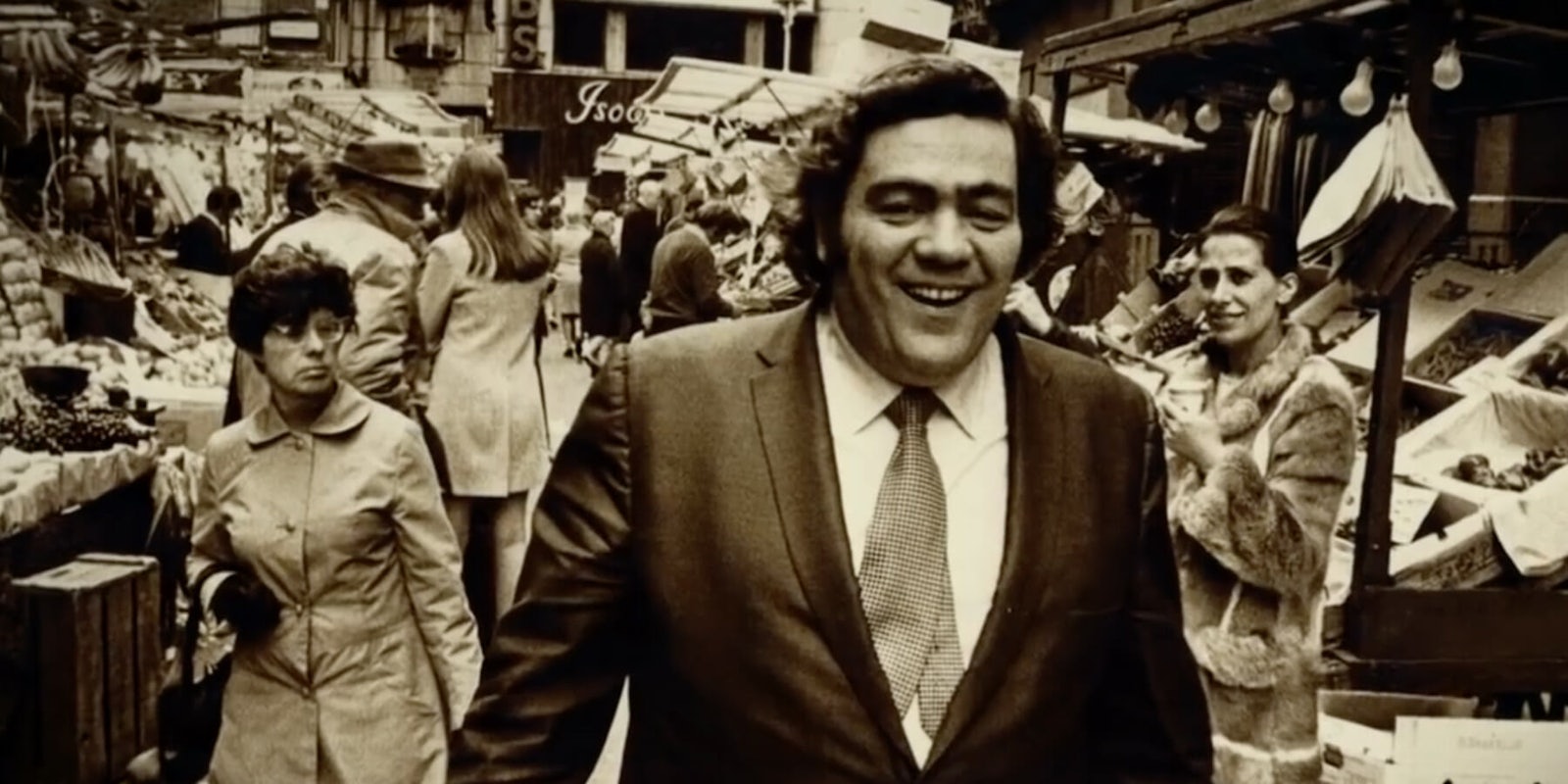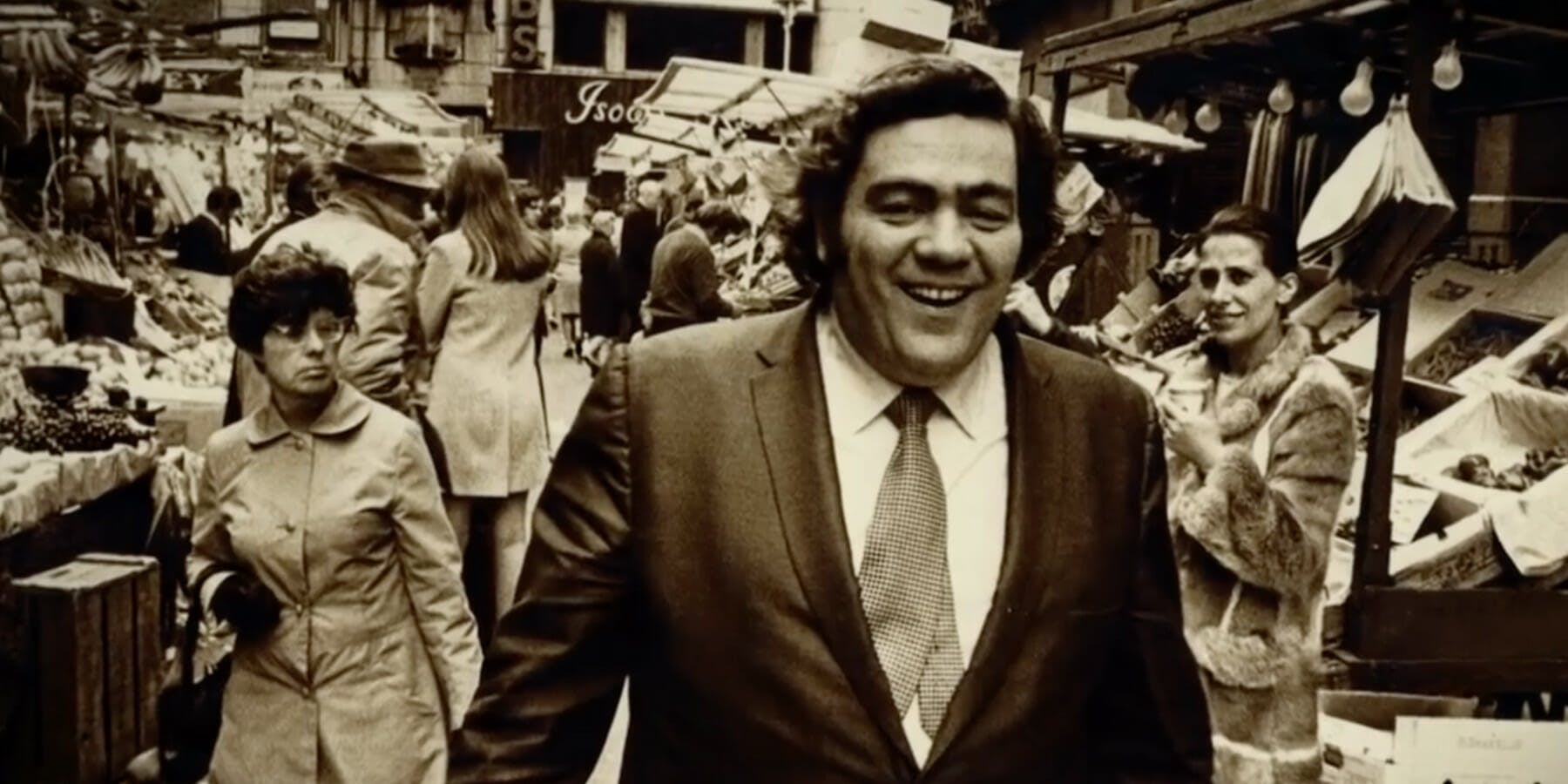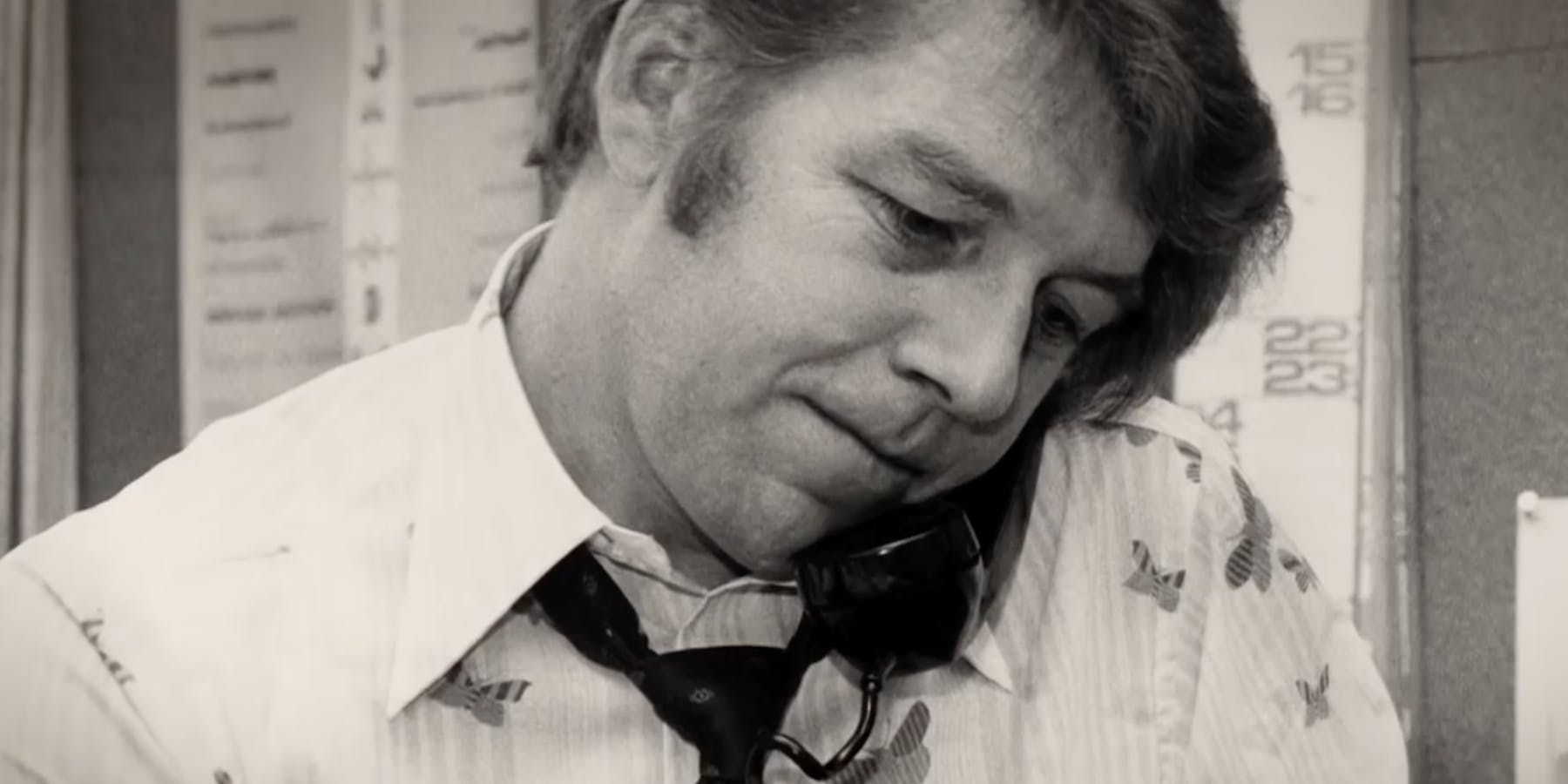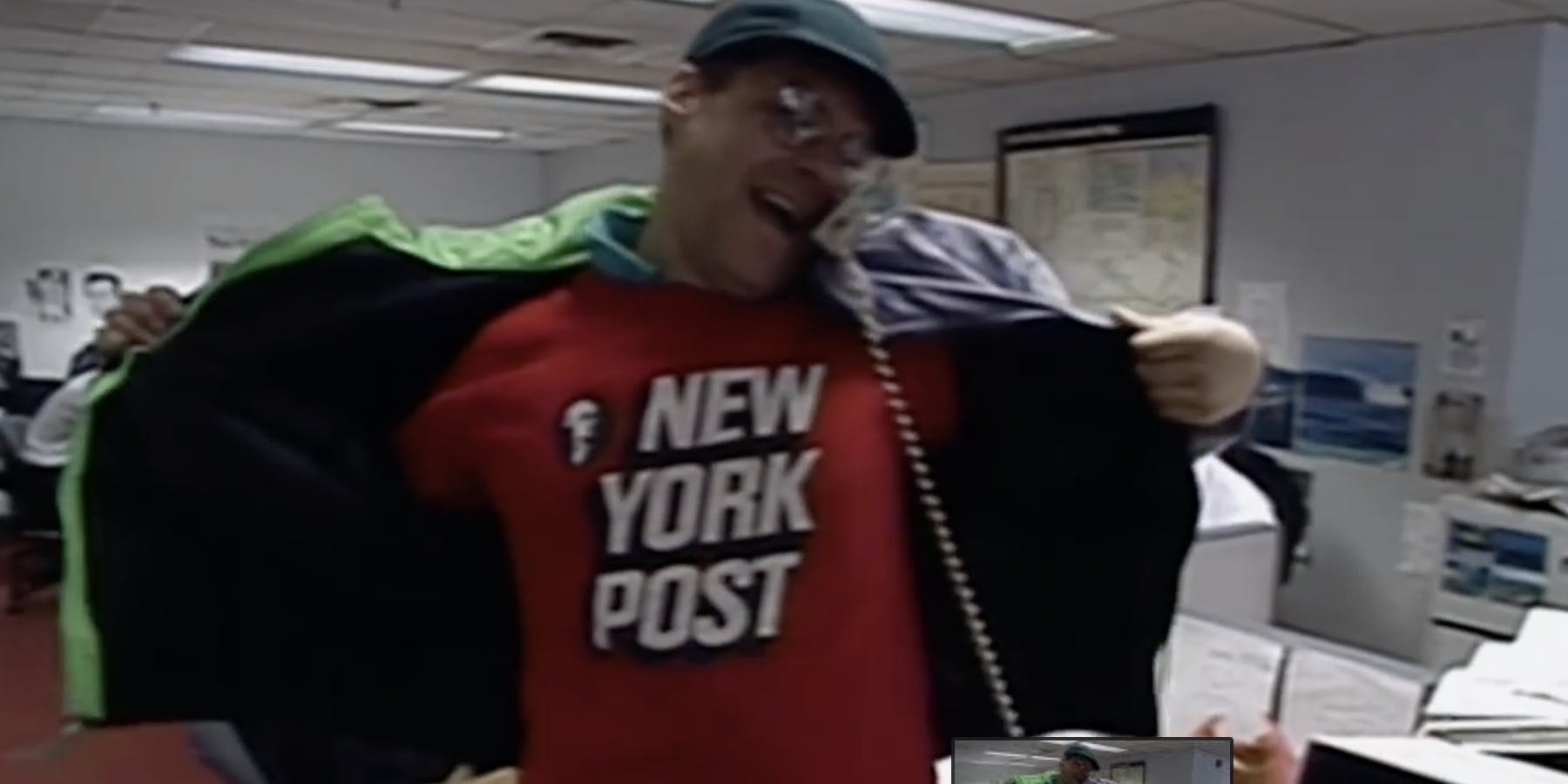HBO’s latest documentary, the warm and affectionate Breslin and Hamill: Deadline Artists, examines the fascinating, intersecting lives of Jimmy Breslin and Pete Hamill, the famed New York City truth-tellers who openly challenged their beloved city and the nation. Aside from highlighting two of the Big Apple’s print journalism beacons, the film also rekindles a romance for the written word.

DIRECTOR: Jonathan Alter, John Block, and Steve McCarthy
STREAMING: HBO
‘Breslin and Hamill’ highlights two of the Big Apple’s print journalism beacons and rekindles a romance for the written word.
Breslin and Hamill arrived at a time when schooling for journalism had yet to be deemed a near-prerequisite. The former, from working-class Ozone Park in Queens, says he “went the full five years” of high school and started as a copyboy, a long-past entry position at local papers. Hamill, the oldest of seven children in a poor Brooklyn family, spent his childhood in a cold-water apartment. Yet he found hope in words, through a public library four blocks down. Its walls held a great chiseled message: “Here are enshrined the longings of great hearts…” Hamill says at 12 or 13 years old, he’d hoped to become “a great heart.”
This was also a time when heritage segmented journalism. Famed journalist Edward Kosner says matter-of-factly that the Irish and Italians read the New York Daily News, WASPs read the Herald Tribune, and the Jews read the New York Post and the New York Times. The emergence of Breslin and Hamill marked fusions of ideas and new demographics divided along more political lines.
Directed and produced by Jonathan Alter, John Block, and Steve McCarthy, Breslin and Hamill: Deadline Artists puts the colossal works of its subjects to the fore. The doc details the highly temperamental Breslin’s sharp prose on Bernhard Goetz’s divisive “death wish” subway shootings and his numerous efforts on the Kennedy assassination. (Breslin reveals he rode with Kennedy to the hospital in Dallas, and that he was still alive upon arrival.)
Hamill, armed with a poet’s heart and shown as a notable ladies’ man, discusses the effect of 9/11 and his relationship with the slain Robert F. Kennedy. Hamill regretfully shares that it was he, at least in part, who convinced RFK to run for president. “I never became friends with another politician after that,” he says to Breslin during their interview together in 2015.
With sly nudges, the directors of Breslin and Hamill show that what’s new is old. The doc shows former Vice President Spiro Agnew lambasting the “evil liberal media” and its adverse effect on Nixon‘s disastrous presidency. Later, Hamill criticizes our current president for taking out a full-page “Bring Back the Death Penalty” ad in the New York Daily News in response to the 1989 Central Park jogger case, in which five young men of color were wrongfully convicted for the assault and rape of Trisha Meili. Breslin and Hamill: Deadline Artists proves to be a thoughtful document, harkening back to a time when talented writers could speak above the chaos, providing clarity rarely seen today.





